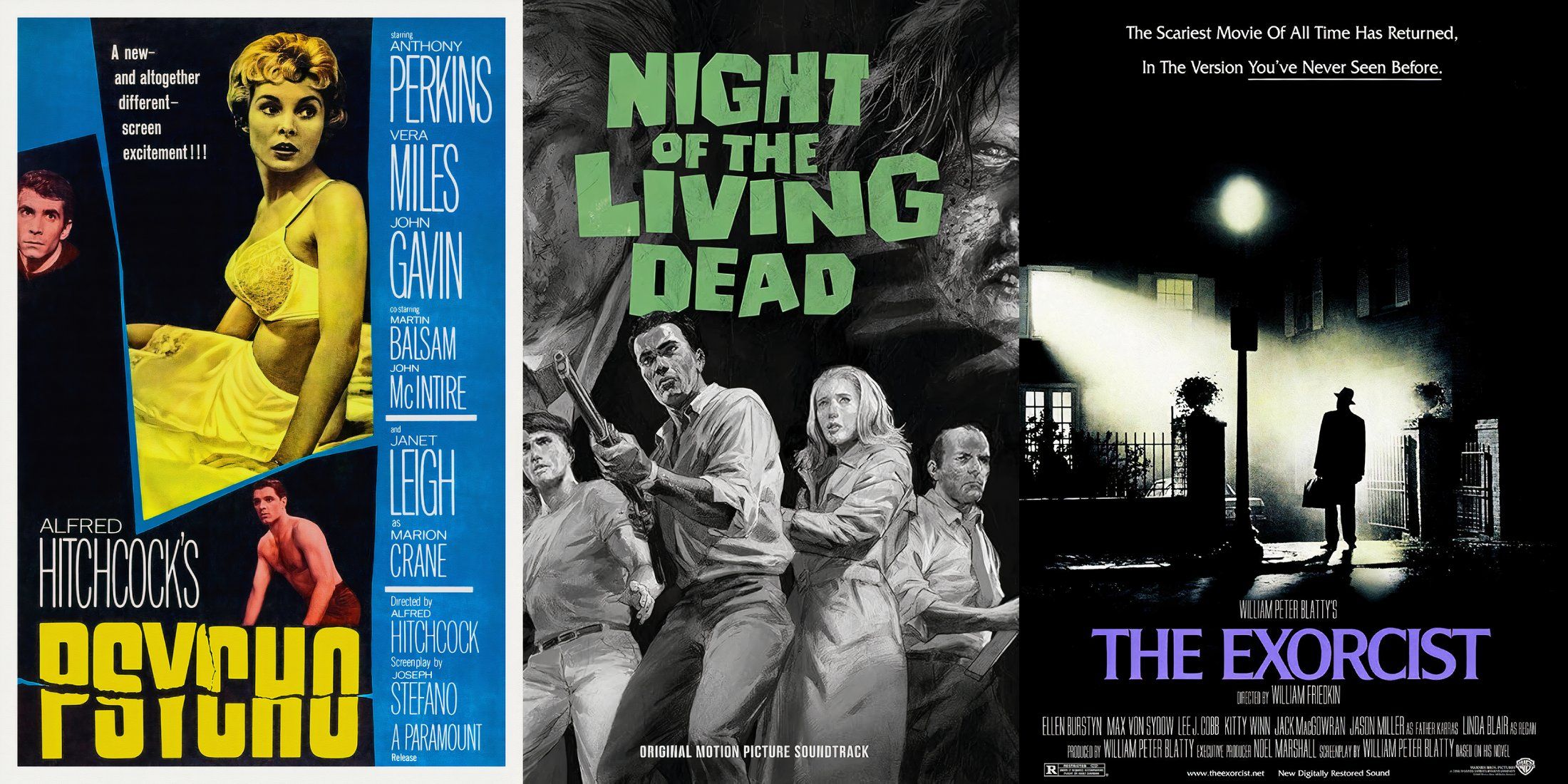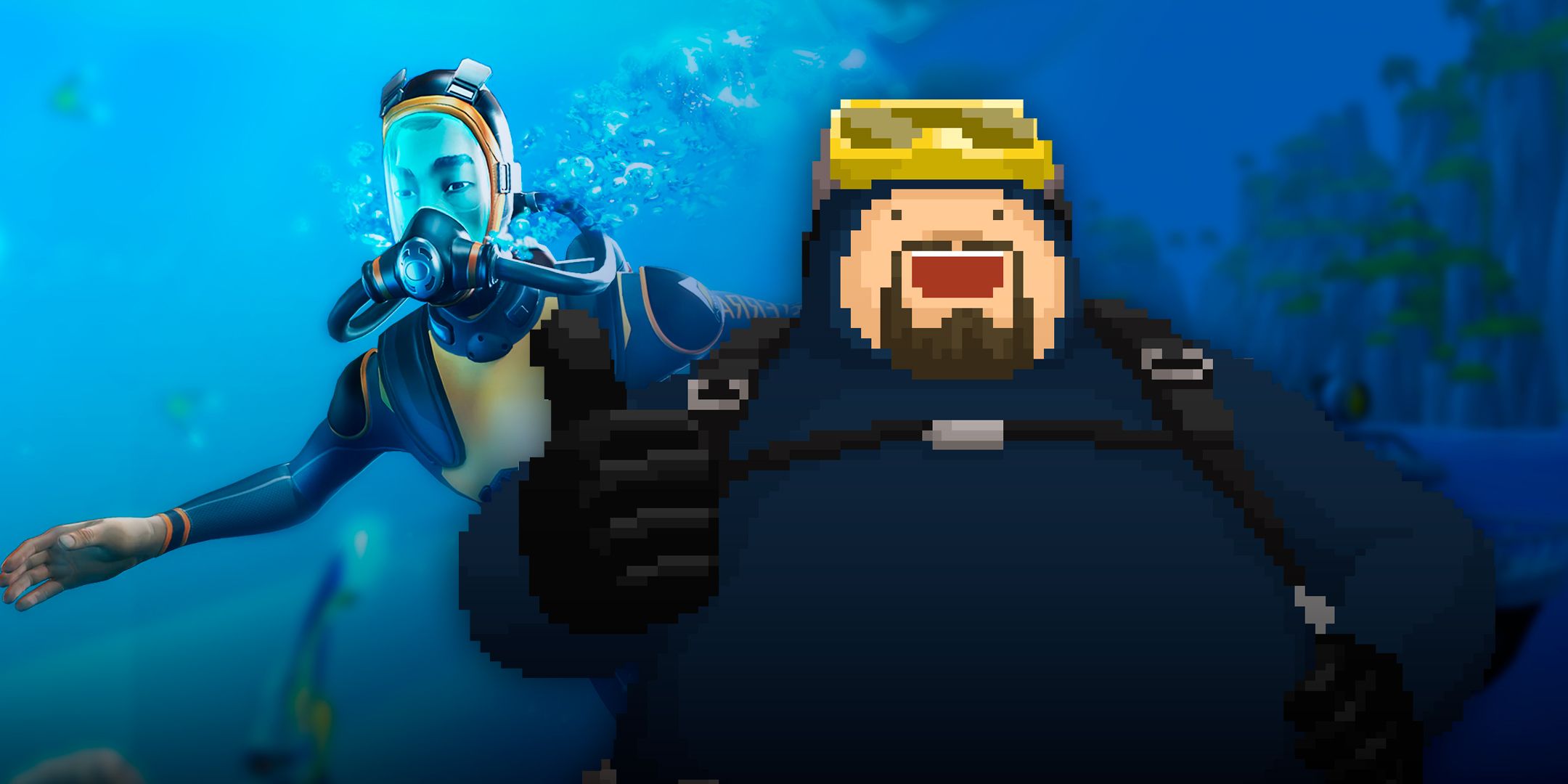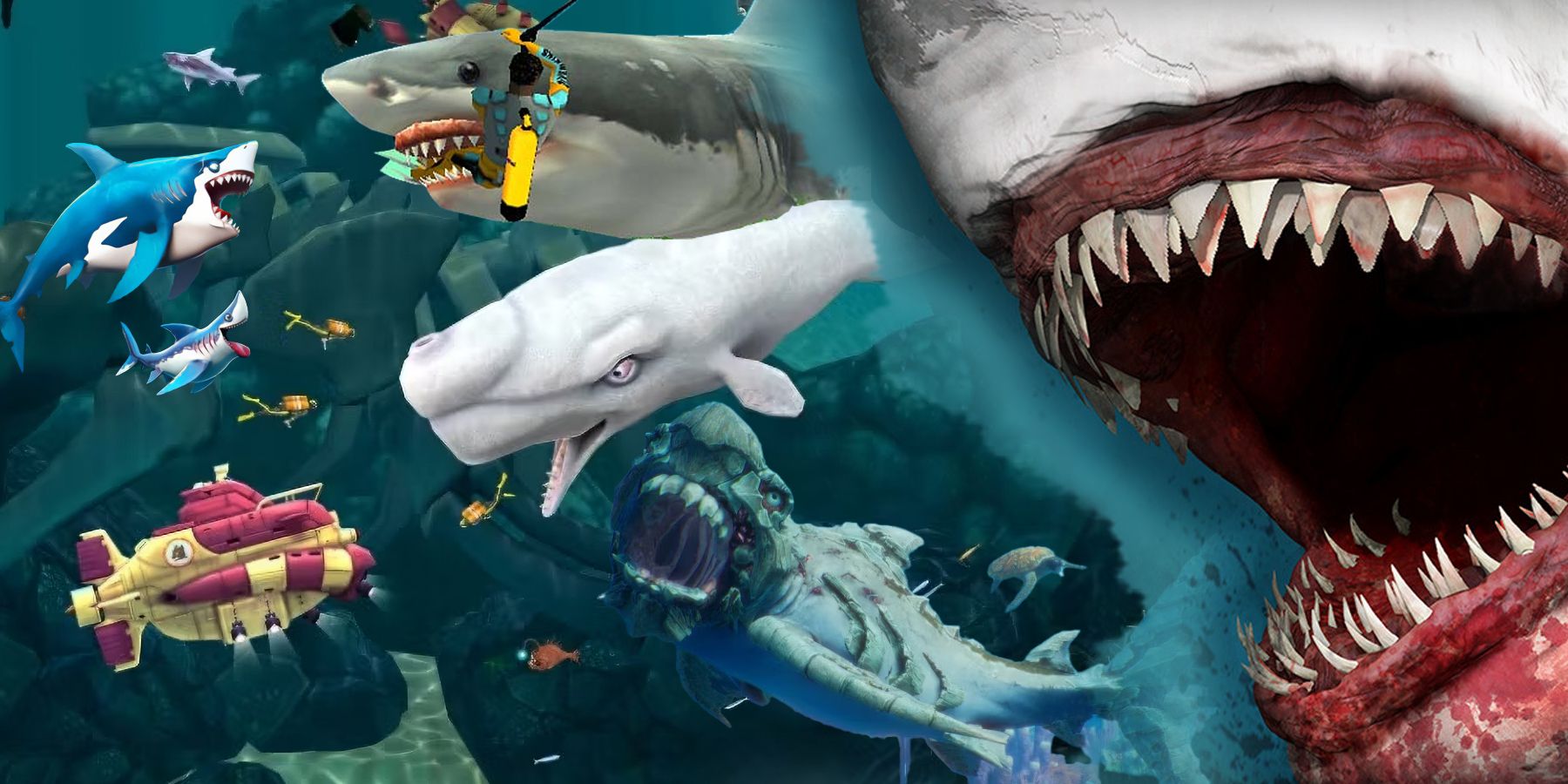Biggest Differences Between The Jaws Book And The Movie
Description
Summary
- The Jaws novel differs significantly from the movie, with more gore and horror elements.
- Mayor Vaughn’s negligence in the book is connected to the mafia, adding a layer of complexity.
- Characterizations in the book clash with the more likable movie versions, with Hooper having an affair and an egotistical personality.
As the 1975 Jaws movie celebrates its fiftieth anniversary, it’s always nice to keep in mind where the famous film originated with Peter Benchley’s original novel of the same name, which was published a year prior. While every movie adaptation of a novel strays from the source material in some way to fit a movie’s screen time and storytelling format, Jaws is vastly different.

Related
10 Most Influential Horror Movies
For those looking for a scare or simply to respect what came before, these classic horror movies are perhaps the most influential of all time.
It still focuses on a small island town being attacked by a killer Great White Shark, leading to Chief Martin Brody leading the case to stop it. However, several story beats and characters’ personalities are rewritten or removed entirely from the movie, and since the movie is so popular, those who watch the movie first are shocked by the differences.
9
Horror
The Book Feels More Like A Stephen King Story
- Peter Benchley not only co-wrote the script but also has a cameo in the movie as a new anchor.
While Jaws was ahead of its time for 1975 when it came to showing the graphic nature of a shark attack, Peter Benchley went even further with gore in the book. The movie is written and directed to be more of an adventure/thriller movie with horror elements, while the book is a horror story from start to finish. When Chrissie is killed in the beginning, the attack is more gruesome and goes on even longer.
The warmth and homely feeling of Amity Island is replaced with a more haunting atmosphere, especially when Peter Benchley writes certain parts from the shark’s perspective. There are even psychological horror aspects, showing how the shark’s presence is affecting everyone, even when it is not visible.
8
Mafia
There Was A Reason For The Mayor’s Negligence In The Book
- Amity Island was filmed entirely in Martha’s Vineyard, Massachusetts.
In a story that already features a killer shark, one might not expect the mafia. In Jaws, Mayor Vaughn is the secondary villain, who causes frustration for the heroes and the audience when he denies that the first victim was attacked by the shark. When more people are attacked, he still refuses to close the beaches, driven by his greed and supposed concern for the town’s economy, which benefits from summer.
Fans of the movie might be surprised that, in the book, there is another layer of Vaughn’s negligence that makes him appear less villainous and closed-minded. The enigmatic mafia is the one pressuring the mayor into keeping the beaches open to ensure they profit from real estate, which they own.
7
Harry Meadows
This Character Was A Major Part Of The Book
- Harry Meadows is played by the movie’s screenwriter, Carl Gottlieb.
One of the most important characters in the book is a newspaper editor named Harry Meadows, who is significantly reduced to a brief appearance in the movie. In the Peter Benchley novel, Harry is more of an antagonist than the mayor ever was, choosing to cover up the first shark attack from the rest of the island while still working heavily with Chief Brody.
3:11

Related
Best Open-World Underwater Exploration Games
The deep, blue unknown is the perfect setting for an exploration game.
Harry Meadows is also the one to bring Matt Hooper to Amity Island in the book, whereas Brody is the one who called Hooper in the movie. Almost everything involving Harry Meadows in Spielberg’s version is replaced by Mayor Vaughn, Deputy Hendricks, or Matt Hooper. Harry is also the one who exposes the Mayor’s connections to the mob.
6
Improved Characterizations
Readers Tend To Hate The Book’s Counterparts
- Roy Scheider improvised the famous line, “You’re gonna need a bigger boat.”
Jaws is famous for its characters, but those who are more familiar with the movie version are often shocked by how different the characterizations are in the original novel. Chief Brody in the book is not the wholesome family man, but a somber and hard-edged cop who is violent and prone to rage or getting into fights.
Rather than the charming shark expert in the movie, Matt Hooper is a condescending and egotistical person who fits the stereotypical depiction of a man of wealth. Quint is darker and more cruel as a character, without any of the nuance that Robert Shaw’s version had in the movie. Even Ellen Brody isn’t the sweet mother and wife that fans have come to know and love in the movie.
5
The Affair
Matt Hooper And Ellen Brody Do More Than Get Along
- The affair subplot was removed from the script because the filmmakers wanted Hooper to be likable.
To further show how unlikable Matt Hooper is in the novel, he and Martin’s wife, Ellen, have an affair that results in a love triangle that becomes a major part of the story. As a result, Martin and Hooper have a more antagonistic relationship as they work together to stop the shark, despite Martin attacking Hooper at one point.
Even when Martin, Hooper, and Quint are out on the ocean hunting, Martin has thoughts of feeding Hooper to the shark because of the affair. In the movie, the steamy subplot never happens, with the closest thing being that Hooper and Ellen have a pleasant conversation at dinner.
4
Indianapolis Speech
The Most Memorable Monologue Was Written For The Movie
- The story of the U.S.S. Indianapolis and the survivors having to fend off sharks is a true story.
Robert Shaw gave a performance in Jaws that many consider to be Oscar-worthy, thanks to the script that put more character development. One of the best additions to Quint in the movie was the famous speech about the U.S.S. Indianapolis and his horrific encounters with sharks, revealing why he despises the animals and is so obsessed with hunting the one lurking off of Amity Island.
In Peter Benchley’s novel, the Indianapolis speech is nowhere to be found, with Quint just being an angry old fisherman for seemingly no reason. It’s an example of how a movie doesn’t have to be a 1:1 adaptation of the book to be a good movie, as most people agree that Quint is a far more interesting character in Spielberg’s movie.
3
Hooper Dies
Hooper Does Not Survive The Shark Cage
- The shark used in the real shark footage was only fourteen feet long compared to the twenty-five-foot Bruce animatronic.
The shark cage sequence is almost as thrilling in the book as it is in the movie, with Matt Hooper going down to try to kill the shark from within the cage. In the movie, Hooper escapes and hides from the shark at the bottom of the ocean until Brody defeats it, but Hooper dies by being eaten alive in the cage in a brutal fashion that amplifies the fact that the book was more gruesome with its deaths.

Related
7 Best Games That Let You Play As A Shark
Playing as a shark is rare in video games. Regardless, these titles allow players experience the thrill of playing as the aquatic creature.
In the book, Hooper’s death is meant to be a fitting end for an unlikable marine biologist, dying by the very thing he worked with for a living after he had his affair with Ellen Brody. In the movie version, Hooper was so much more charismatic and engaging that it would have been more tragic. Plus, the footage of a real-life shark attacking a cage used in the movie made the filmmakers rewrite Hooper to have him survive.
2
Quint’s Death
The Book Pays Homage To Moby Dick
- Quint’s death is one of the only scenes with the shark that doesn’t have musical scoring.
Another way Quint is remembered is how he dies in the movie, with the shark leaping onto the boat, and he falls into the maw of the animal, being brutally eaten alive. A lot of that has to do with the lack of music, Robert Shaw’s ear-piercing screams, and a surprising amount of blood for a 1970s movie, resulting in a death that fits the character’s history but leaves the audience shaken.
However, Peter Benchley gave Quint a death that also would have fit the movie’s characterization as the obsessive hunter of a killer sea creature. Quint impales the shark with a harpoon and gets dragged into the water by a rope connected to it, drowning in the process, which is almost identical to how Captain Ahab dies in Moby Dick.
1
The Shark’s Death
It’s Not As Explosive Of An Ending In The Book
- The shot of the shark’s body floating down was reused in Jaws: The Revenge for that shark’s death.
Steven Spielberg made the shark’s death an epic climax, featuring Martin Brody blowing it up by shooting the oxygen tank it had lodged into its jaws. It’s a triumphant ending that has the villain of the story destroyed, and Martin celebrates by heading back to Amity Island. Spielberg made this ending because the book’s ending is far less dramatic and action-packed.
The shark dies in the novel by simply bleeding to death from the wounds it sustained from Quint, Brody, and Hooper when the hunt started. It dies coming after Martin Brody, turning belly up, and Quint dies along with it, drowning in the water. It’s a more harrowing ending as Brody is left in the middle of the ocean alone, which is his phobia.




